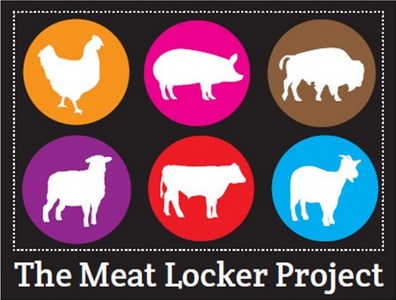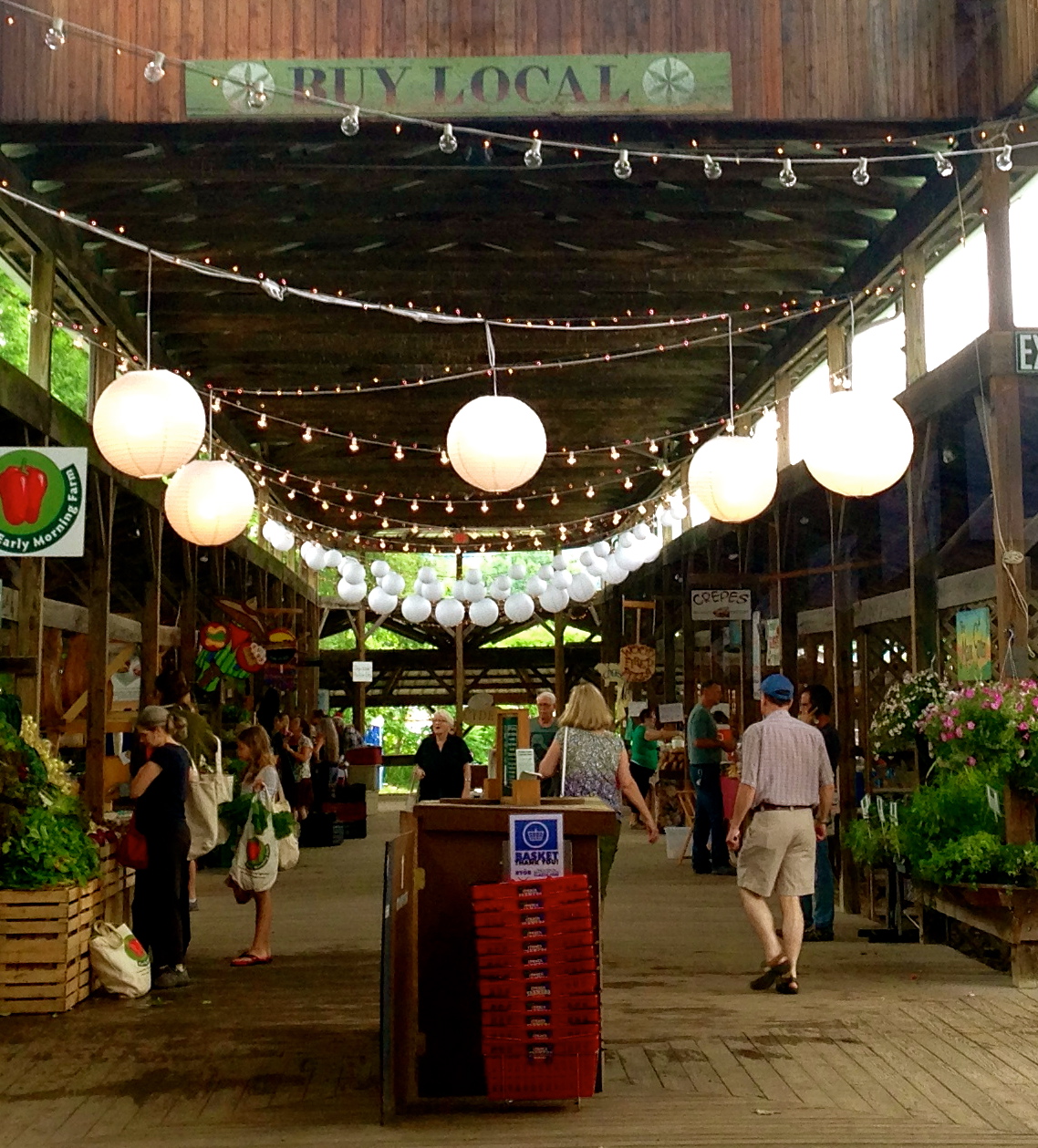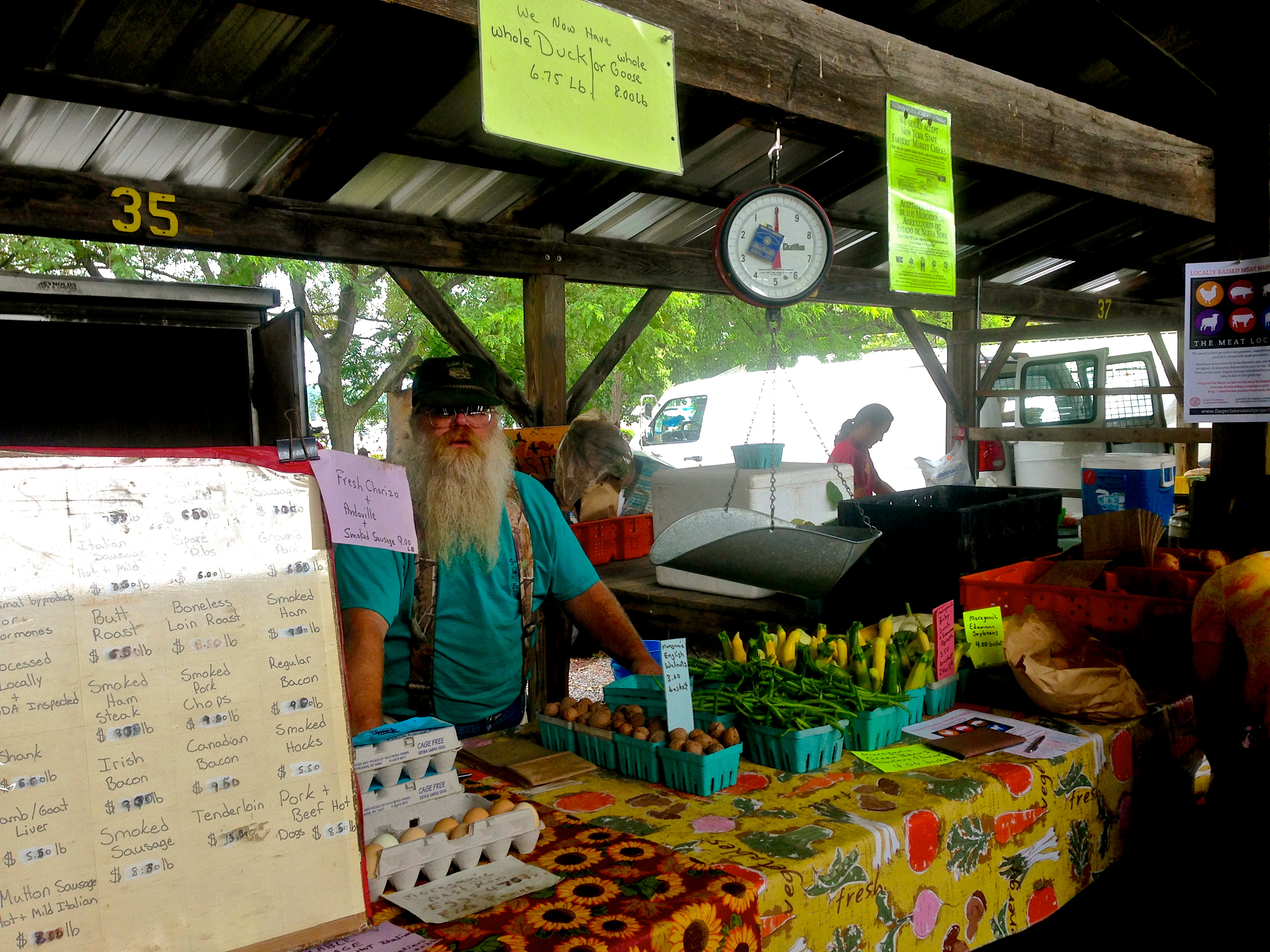How do you increase farmers’ profits and consumers’ meat consumption without asking farmers or consumers to break the bank?

In Ithaca, NY, Matt LeRoux, an agriculture marketing specialist at the Cornell Cooperative Extension of Tompkins County, and Keri Bartlett of Cornell Cooperative Extension of Steuben County, set out to find answers, and the Meat Locker Pilot Project is one of them.
Two 10 foot by 14 foot lockers, which will be located in downtown Ithaca and nearby Corning, will provide consumers with a convenient space for bulk meat storage, saving consumers money while expanding the meat market and farmers’ profits. The Project was inspired by the communal freezers that were popular prior to the 1960s, when families started purchasing personal freezer units and buying grocery store meat.
Meat locker users will pay between three and five dollars per month to rent one of 50 lockers, and they will be able to access their lockers during designated hours. Farmers don’t have to pay into the locker system; consumers can choose to purchase meat from any farmer. LeRoux hopes the freezer space will incentivize consumers to up their meat purchases, expanding the local meat market.
Background

After LeRoux conducted a study in marketing channel efficiency for vegetable farmers, farmers began asking if he could do a similar analysis for livestock. The resulting research, funded through several USDA SARE (Sustainable Agriculture Research and Education) grants, revealed that direct marketing through the “freezer trade” saves farmers and consumers money. It allows farmers to sell meat above the commodity price, because direct marketing, unlike auctions or commodity sales, lets farmers be price makers, not price takers. Freezer trade reduces the need for labor-intensive inventory management, and drastically cuts the time it takes farmers to sell meat, when compared to farmer’s markets. This method also allows livestock farmers to circumvent the USDA slaughterhouse regulations that are problematic for small farmers, as the animals are sold before they’re slaughtered. Direct freezer trade helps meat buyers: local meat, sold in bulk via the direct freezer trade, is likely cheaper than grocery store meat.
LeRoux’s and Bartlett’s research showed that consumers wanted to buy local meat in bulk, but didn’t do so because of price constraints and lack of freezer space. “Farmers said, ‘I would love to sell more freezer trade, but I don’t know how to find more customers.’ We felt we could address these issues with the Meat Locker Project,” says LeRoux. “The intention of the locker is to further address these barriers that keep people from buying local meat…I want to make new local meat buyers. These consumers want local meat, and the farmers want to sell it, but they don’t know how to find each other. If we address those issues, we should have a whole new group of people buying local meat that never did before,” says LeRoux. He hopes that the Meat Locker Project will serve as an example for other communities seeking to grow their meat markets. An $80,000 USDA Farmers Market Promotion Program grant will cover most of the Project’s costs, although an additional $20,000 are necessary to get the locker up and running.

LeRoux has received positive feedback from Ithaca livestock farmers. He surveyed the farmers to see if the Meat Locker Project would address their needs, and he received very positive feedback from farmers, as well as lots of help with advertising and fundraising for the project. Marcia Bauchle runs Straight Way Farm in Montour Falls, New York, and sells dry-aged beef by the pound. She says, “I think the Meat Locker is a great idea to help more people buy bulk meat who don’t have room or can’t normally afford it.” How will the Meat Locker help her market her products? “If people live in apartments or don’t have a freezer, I can say to them that this locker is an option.”
To find updates on the Meat Locker Pilot Project, visit their Facebook page and their website.